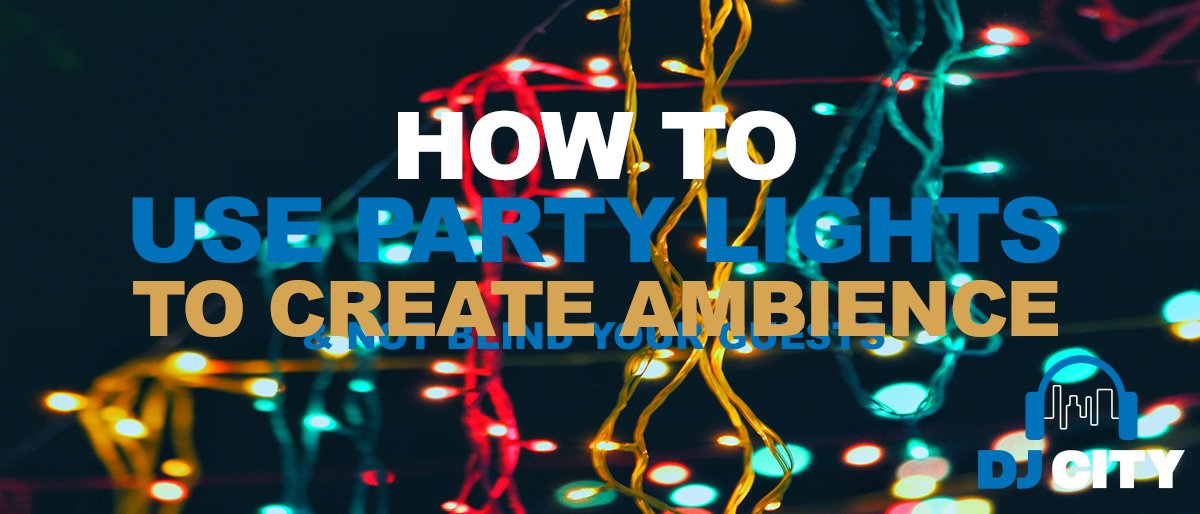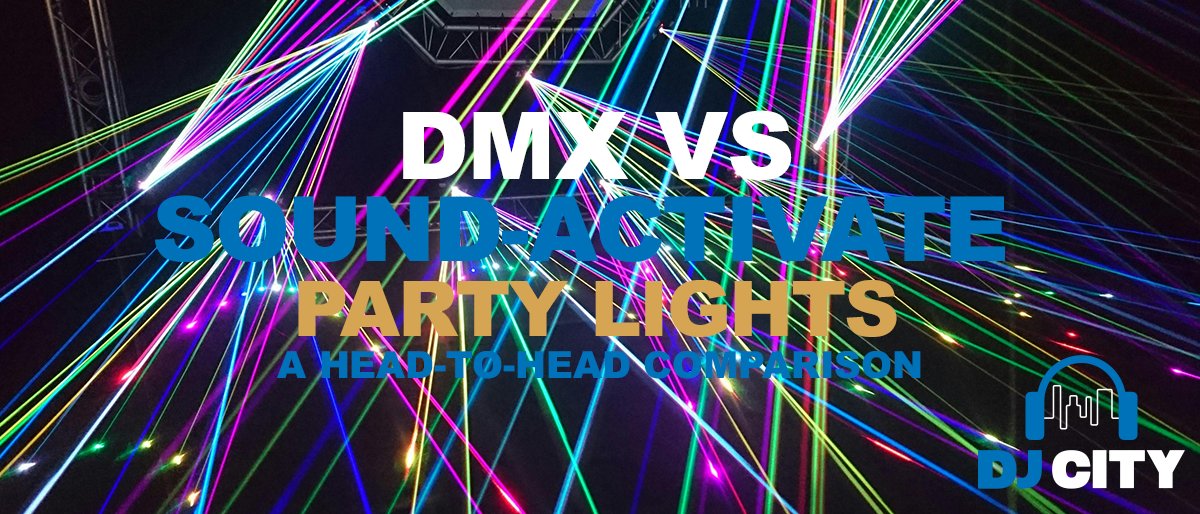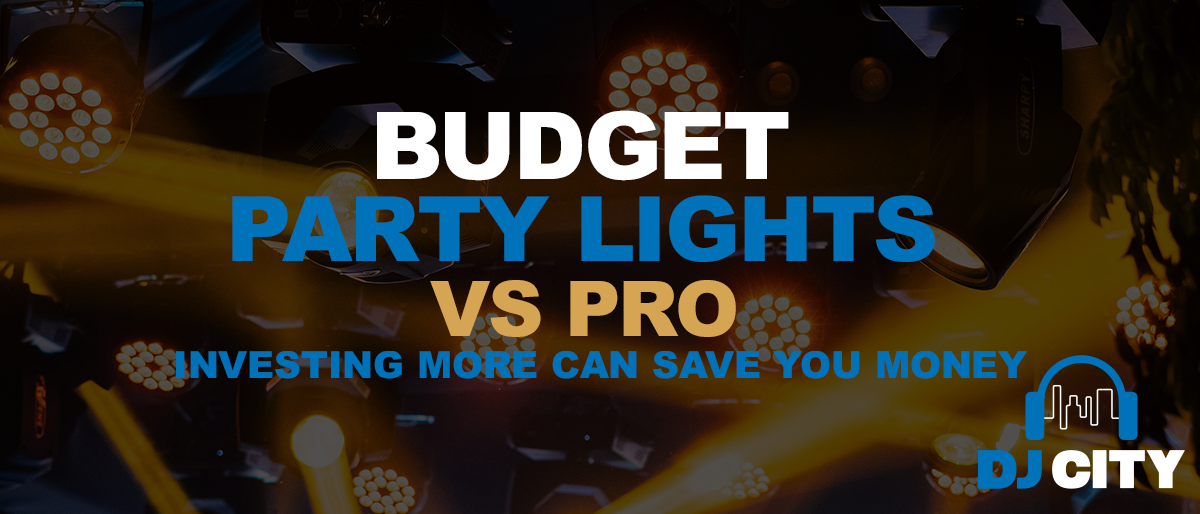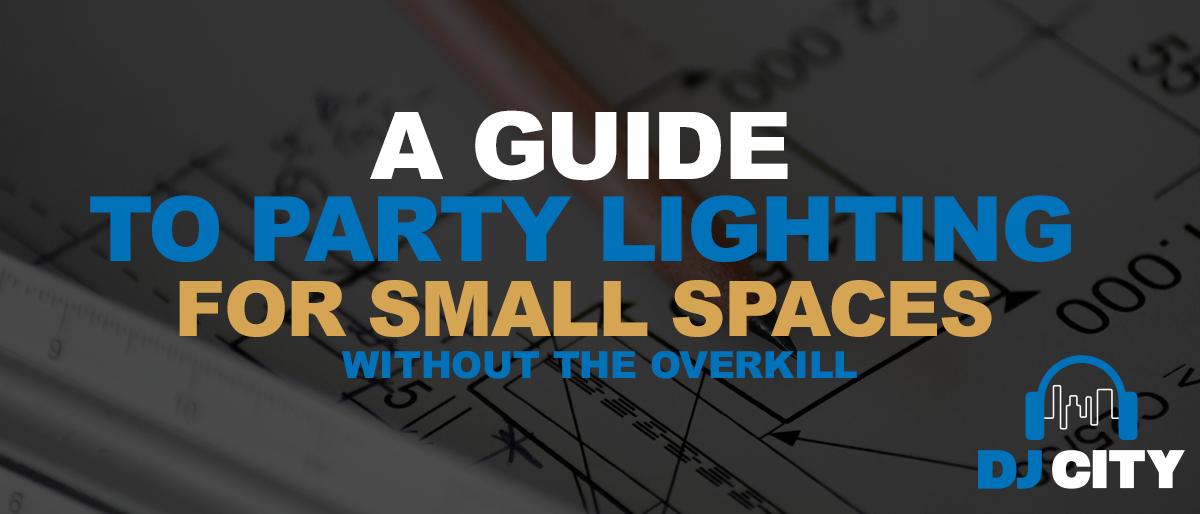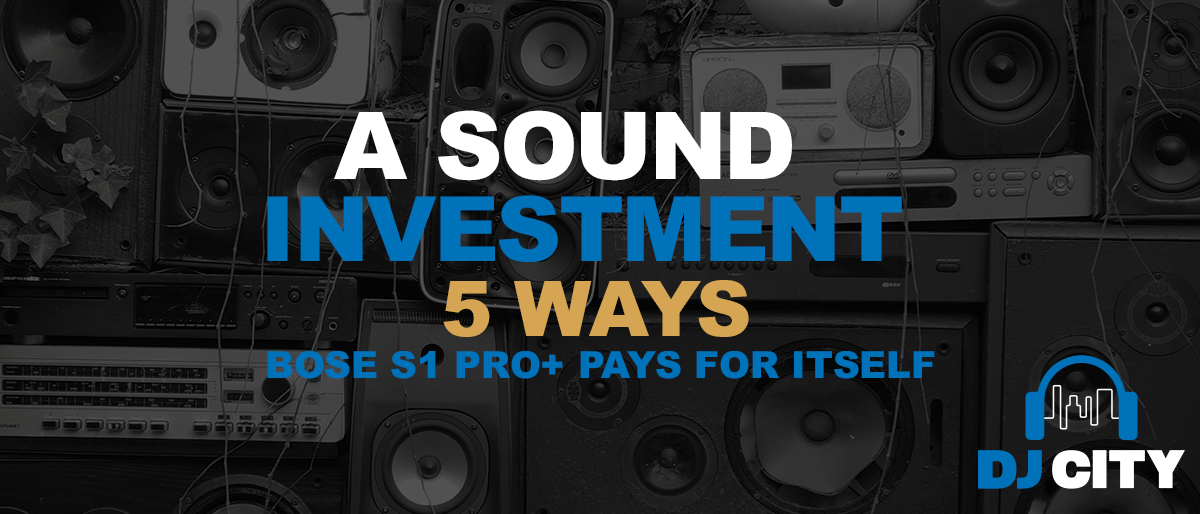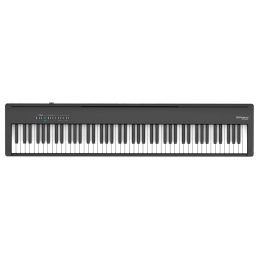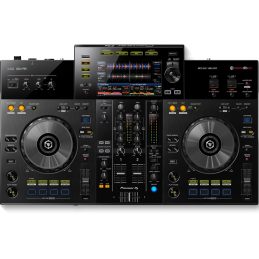
How To record Your DJ Mixes?
Technology has come along way since the cassette days there are many different types of sound recorder out there and the quality of sound recording has become affordable and of extremely high quality. It’s easier to make a catalog of regular audio recordings of your journey as a DJ than ever before.
The craft of DJ-ing, requires you spend hours going through new music, current music, and likely your old music. You are in a perpetual state of preparation and learning. Curating your sound takes hours, add on the hours it takes to learn your music and you’ve got yourself one hell of a job before your even close to stepping unto the DJ booth.
Listening to playbacks of your mixes may be a painful thing to do. You are actually hearing yourself, it’s eye-opening or in this case ear opening.
For a DJ an audio recording of your mixes and then listening back to your sets is one of the most powerful learning tools you have at your fingertips. It gives you the opportunity to make assessments as to your skill set from the viewpoint of listeners. Its a trick used by different types of artist all the time, instrumentalists and dancers use it to see and hear exactly what the audience is experiencing.
Taking notes and set goals for yourself is a great way to progress and if you are trying new techniques then you’ll be able to see and note your progress… It’s surprising what works on the listen back when you thought you’d made a glaring mistake and vice versa.
On the flip side, a large catalog of mixes is a powerful promotional tool. Having an online presence requires content… This content and presence is what promoters/ bar club owners are going to go to when they think about booking you.
Once you’re playing for a gig or multiple gigs in many different scenarios to people, and spaces is where you can really start to hone in on your craft and sound.
Getting these gigs can be hard to get and in the start also hard to do. Along with the hustle that goes alongside all of the things that I have already mentioned. Being reliable, having enough tech knowledge to make sure it goes smoothly for you and the venue. And then also being able to do it all without breaking a sweat.
The only thing that will get you to this magical place of performance Zen is practice, you do all of these things time and time again.
The quantity will give you confidence, in your performance, in your music library, your ability to read your crowd, and in the mood that you have decided is right for the moment.
To get these gigs, and to speed up your learning process one of the best tools that you have is the record button.
Internal Sound Recording
If you are using software to mix your tunes then it’s likely that there is an inbuilt record button.
While the record button doesn’t give you an inbuilt crowd and room to read, you will be able to listen back and critique your work. What works? What doesn’t? What areas do you feel you need to improve with? Is your phrasing on point?
Recording internally is the fastest way to get your mixtape on the way.
External Sound Recording
Say your computer isn’t powerful enough to record and mix, or you mix externally using CDJ’s or turntables you could use some of these options;
A field recorder, from the record out on your mixer. Also great for making your own samples if you produce, make any sound recording or adding a personal touch to your sets. The Tascam DR-40 & Zoom H4N Pro will set you back about $350, it’s great if you want to record the crowd eventually as well. You can get cheaper sound recorders, for instance the Zoom H1n. It will do the job however, I recommend going the step up if this is the route you want to go. The functionality and quality are considerably better.
Something that has us buzzing around here is the Reloop Tape 2.0 that has just been released and is landing in store mid-Jan. The update to the classic looking recorder offers lossless WAV sound recording, a lithium ion battery with 6 hours of recording and recording to micro SD.
The Reloop Tape 2.0 is extreemly flexible, it’s super lightweight, it offers a “thru-port” for those situations where the mixer doesn’t have a dedicated record output and has a built-in phono pre-amp, allowing it to be used as a vinyl-to-digital converter. Here is a setup example;
And it comes in at $269 and if you are digitizing your vinyl collect, or are looking for a small lightweight option, definently check it out. There is a neat timestamping app that can be utilised as well… Reloop have been releasing some crackers for DJ’s of late, its exciting to see what they will come up with next.
Home Studio Recording
You can also record into your computer using any DAW or any audio recording software.
Otherwise, Audacity is a free sound recorder. Its open source, cross-platform audio software. Easy-to-use, multi-track audio editor and recorder for Windows, Mac OS X, GNU/Linux, and other operating systems. Developed by a group of volunteers as open source…. A very DJ friendly option and is great if you are recording at home.
****I’m looking forward to touching on some other very handy open source software in the coming weeks.
Recording to your Phone
My final suggestion is from Pioneer DJ and its a very sleek option, the DJM-REC App. Only available for iOS (BLURGH), great for iPhone and iPad users! It works through a lightning connection meaning the DJM mixer’s which that have the digital send/return feature using the USB port are currently capable.
If you have all of these attributes happening then it is a neat clean, very high-quality way to record your sets. A lot of venues will have one of the new mixers, making for a great way to record your sets out and about.
The DJM-REC app has the ability to control the peak limiter on the DJM mixer. This means that a DJ can worry about mixing at the moment and not about whether the levels are peaking on the recording. Mixes can be recorded in WAV format at a 44.1/48 kHz sample rate or in AAC format from 64kbps to 320kbps.
DJs can also live stream mixes through YouTube, Facebook Live, Periscope, Instagram, and Snapchat through DJM-REC app. Recorded mixes can be directly uploaded to sites like Mixcloud and Dropbox.
A unique feature of the app is its ability to time stamp tracks. If a DJ fully uses CDJs with properly labeled tracks, then the DJM-REC will use information from the mixer such as fader positions to accurately timestamp tracks. All timestamps are editable within the app as well, making for easy tracklisting.
Is it worth the $15 price tag? Most likely for CDJ users…
Finally, here’s one key tip that will make getting a quality sound recording of your future mixes a breeze every time: set up the levels and inputs and outputs how you will have them when recording and take notes of where all of your levels are at. Even consider writing them down, and make sure that you can easily duplicate this setup in very little time. Getting set up to record should only take about two minutes tops – you want there to be as little barrier as possible to you being able to press the record button and start making your next big mixtape.
Having a fast and easy setup time will make it easy for you to record every set practice session you do. Digital space is in abundance and it is a great technique to create a sense of “deliberate practice”.
I hesitated on listening to myself mix for waaaaaay too long and it’s proven to be such a valuable tool since I’ve started.
Happy mixing!

